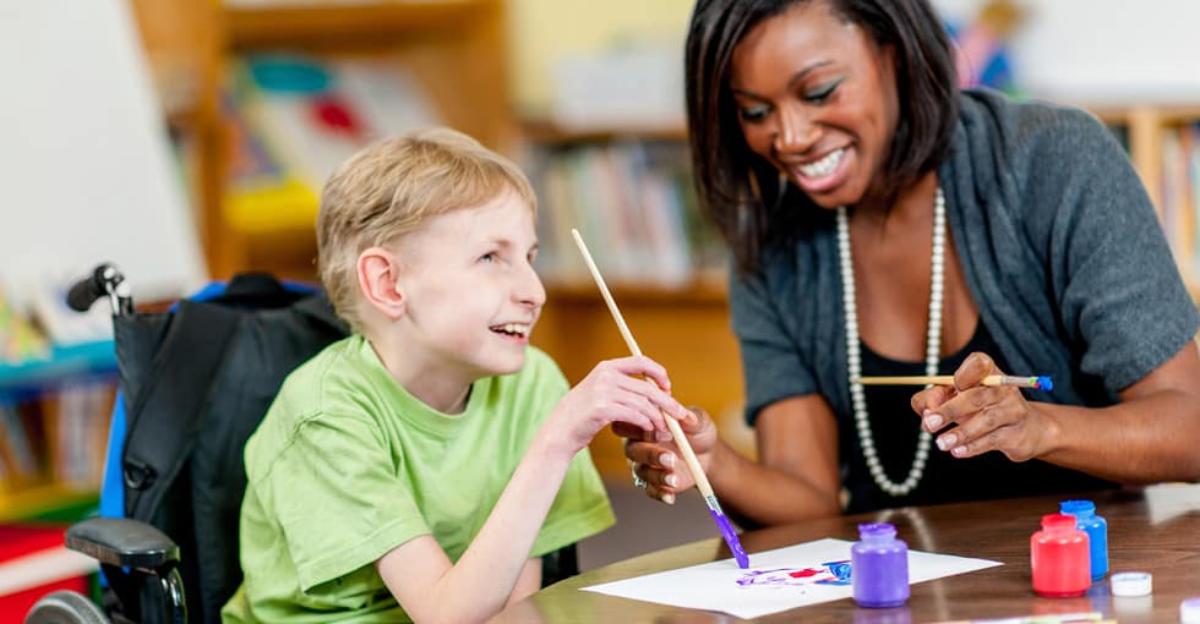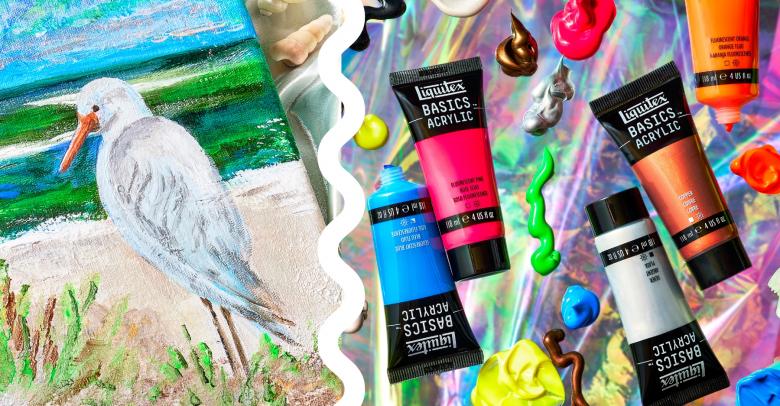According to special education experts at the John F. Kennedy Center for Performing Arts, art of all types plays a big role in the education of special needs students. The most recent findings show that art education is valuable to students of any age who struggle with a disability, and that the arts can offer these children a chance to communicate, collaborate and succeed at school. Art programs also support other learning endeavors and can help kids make crucial connections. The additional avenues of communication opened by collaborative art may make it easier for educators to understand and develop individualized strategies for their special needs students.
Art Thrives Even when Other Abilities are Limited
A child with developmental delays, limited cognitive abilities or communication challenges can still be very creative and imaginative. Art education gives these children an additional outlet for expression and provides a more leveled playing field. An art project doesn’t require you to spell or figure sums correctly, making it more accessible to kids who are challenged in these areas. Kids with gross motor disabilities may be used to coming in last during sports related activities (or being left out entirely), but they can truly excel in the arts. Giving special education students a chance to learn and experiment with fine art, performing arts and music opens doors and may help them make a connection in other areas.
Art Education is Education
Recent studies have shown that when art is incorporated into mathematics and science programs (taking a STEM program to a STEAM program), the ability to comprehend and retain information improves. All students benefit from this important connection, including those in special education. Music, patterning and similar artistic endeavors can be tied in with other subjects to increase retention and comprehension for your challenged students.
Fostering Creativity and Communication
In many cases, special education students have been so focused on developing key skills, that art and creativity have been overlooked. Kids on the Autism spectrum may spend most of the day struggling to understand and be understood; art gives them an outlet to explore their creativity, experiment and in some cases, communicate feeling without words.
An Inclusion Environment Benefits Everyone
Whenever possible, incorporating special needs students into the “standard” classroom in an inclusive way benefits not only those students, but their peers as well. While academic classes and those requiring physical prowess make inclusion difficult, art programs make it easy for students of all abilities to work together successfully. Whether each student works on an individual project in the inclusive classroom or students collaborate, both the students with disabilities and their typically abled peers can benefit. Kids with disabilities are more likely to thrive when they are included by and can mimic their peers, while those typically developing students can learn important lessons about empathy and understanding.
Art benefits all children, but is an absolutely essential part of a comprehensive education classroom or program. Incorporating art can range from teaching with music, hands on activities (particularly useful for those kinesthetic learners) and performing arts in the classroom.





